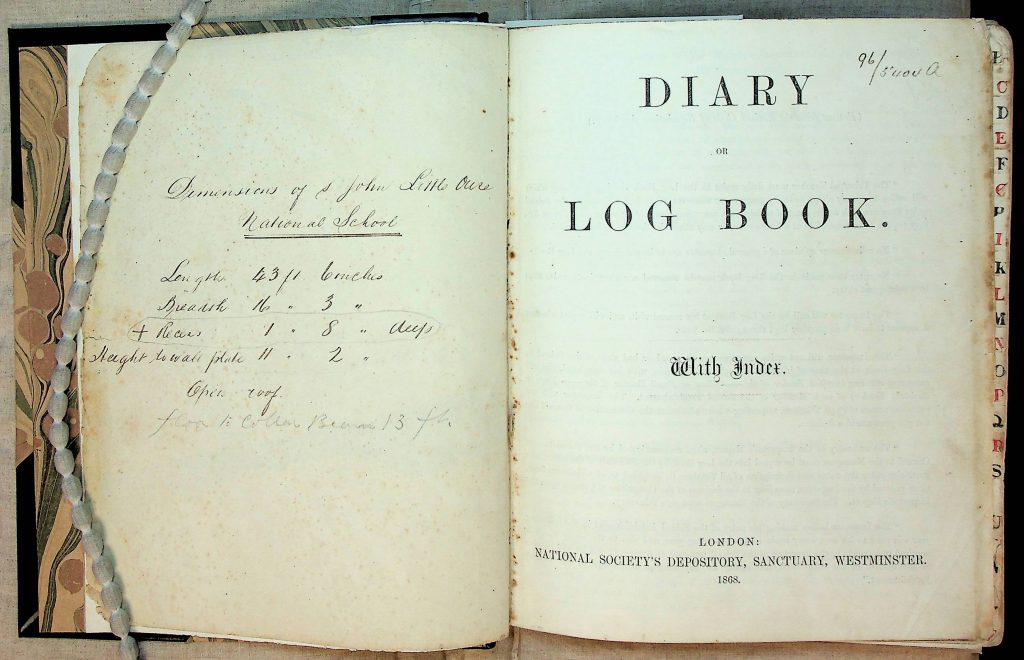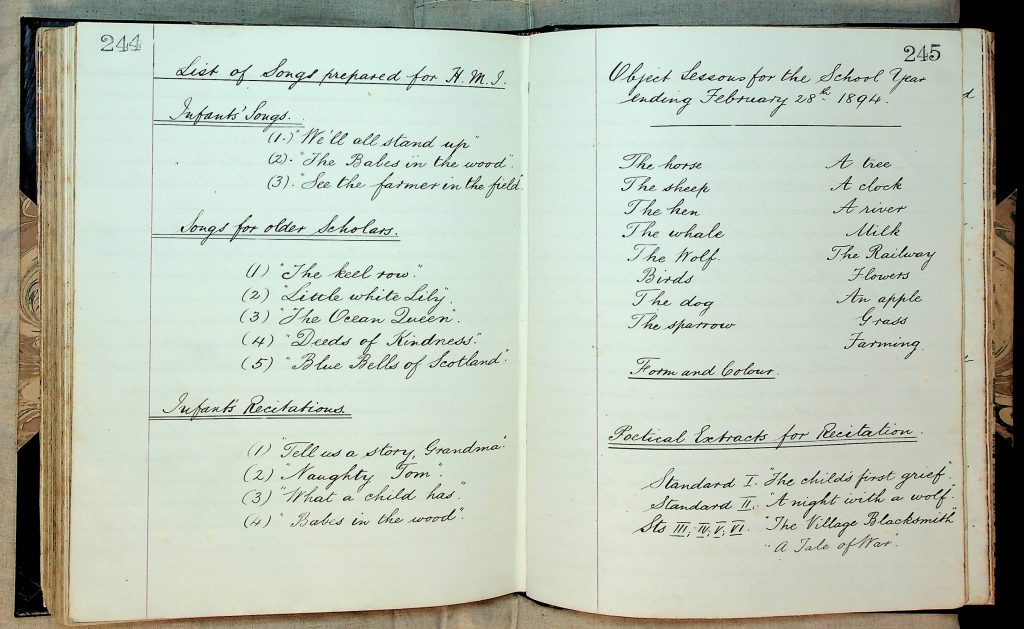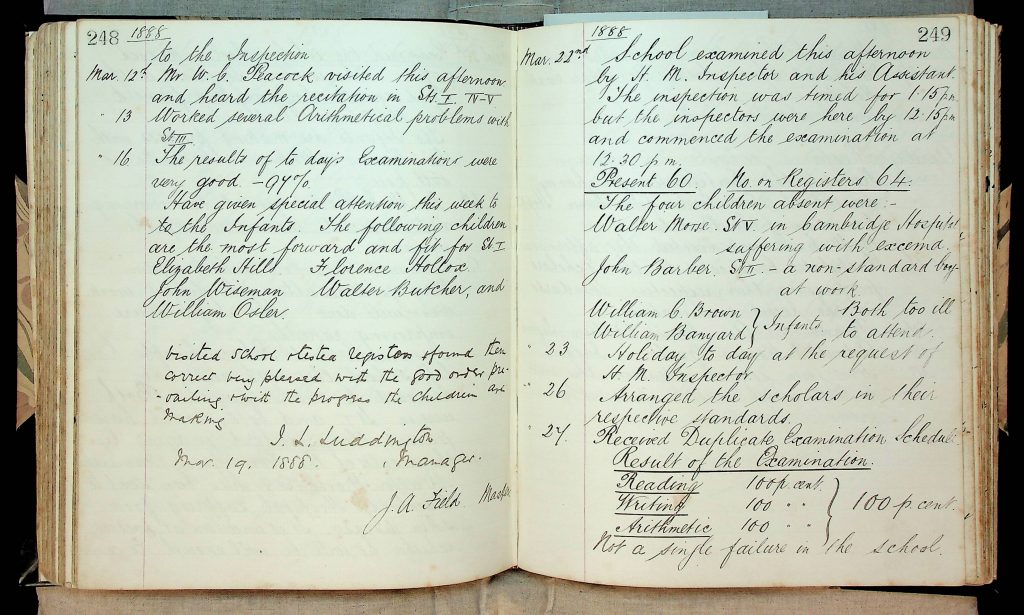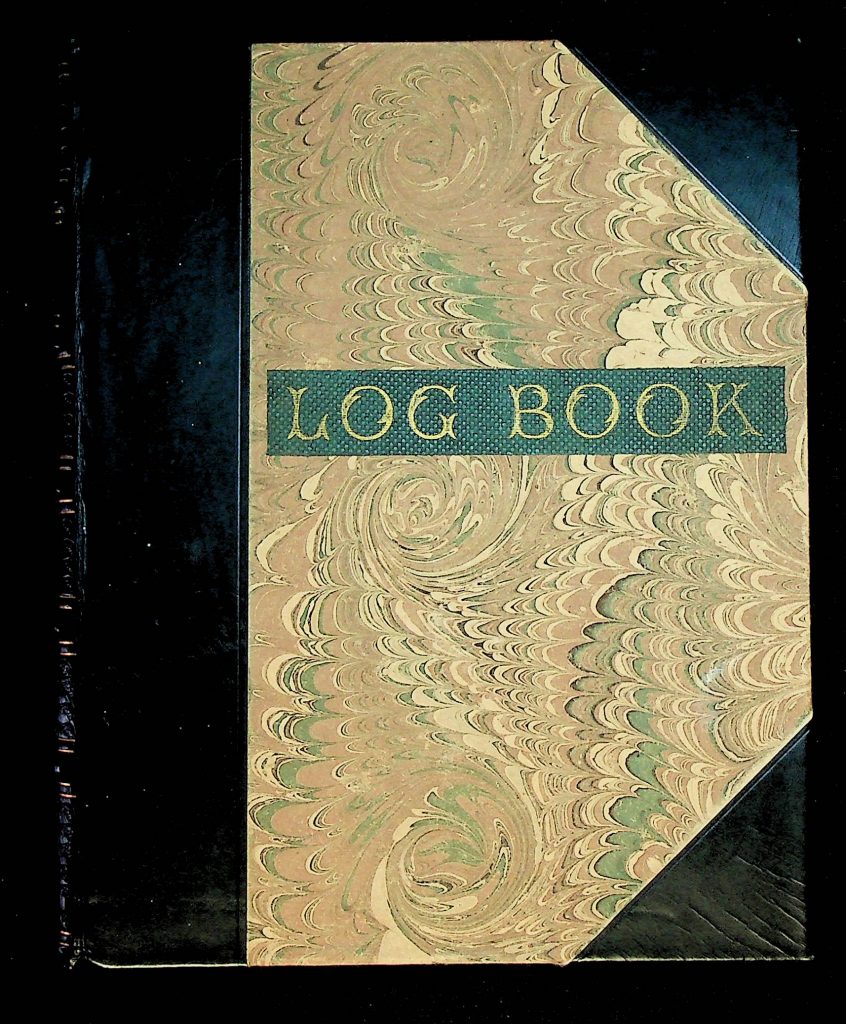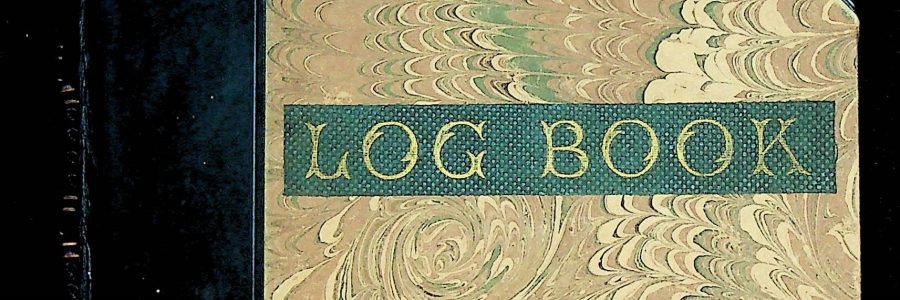
A glimpse into late Victorian rural education in the Fens
By Kevin Roberts, Archivist (Department of Archives & Modern Manuscripts)
The Department of Archives and Modern Manuscripts has recently purchased and catalogued the logbooks of two schools located near Littleport in the vicinity of the Norfolk border. These volumes, from the St John Little Ouse National School (later the Little Ouse [Mixed] School) and the Black Horse Drove Mixed School, paint an intimate picture of the trials and tribulations of rural education in the fens from the 1870s to the end of the 19th century.
The Little Ouse School was the last of three new Littleport schools established by the National Society for Promoting Religious Education between 1869 and 1870, serving the dual purpose of school and Anglican mission church. On it’s opening day, 4 April 1870, forty-one children were admitted with more arriving later in the week. In 1885 the Littleport School Board assumed control over the administration of the school. The building itself was cold, uncomfortable and poorly ventilated, consisting of an iron hut measuring 43 feet 6 inches by 16 feet 3 inches. While it was considered unsuitable from the outset it was not replaced until 1927.
Despite the efforts of the National Society the number of school places available for children in the Littleport area (including neighbouring Norfolk) proved insufficient and in 1876 the Littleport School Board opened Black Horse Drove Mixed School with thirty children admitted on the first day, 19 May. The school premises measured 40 feet by 20 feet by 14 feet and, like the Little Ouse School, were not fit for purpose due to poor structural condition. In 1937 the Black Horse Drove school closed, its students being transferred to the new Coronation County Primary Junior Mixed and Infants’ School.
Entries in the volumes were made by the headmistress or headmaster of the school on a daily, or occasionally, a weekly basis. They concisely document school attendance, admissions and departures, weather, notable incidents and visitors. Also included are summary or verbatim reports of School Board inspectors recording the academic successes or failures of educators and pupils. The volumes also contain notes on the school curriculum including songs and poems.
The challenges confronting teachers at Little Ouse and Black Horse Drove schools were formidable. Turnover among students and the small cadre of teaching staff was significant and necessarily disruptive. Consistent attendance was a great problem that led to wide variability in achievement within standards. Irregular attendance was driven in part by elemental factors including weather, sickness and the harvest as these excerpts attest:
25 September 1876: [Black Horse Drove] School reopened after a seven week’s holiday. The bad weather prolonged the harvest, so the children were not ready for school at the end of the six weeks. Attendance today very low, sixteen present in the morning. Several families, I find are leaving the place.
At the Little Ouse School absences added to a sense of frustration with class progress:
20 February 1888: The work of the Infants’ of the last fortnight has come to a standstill. One half are away owing to the bitterly cold and snowy weather, and unfortunately this half is composed mostly of dunces.
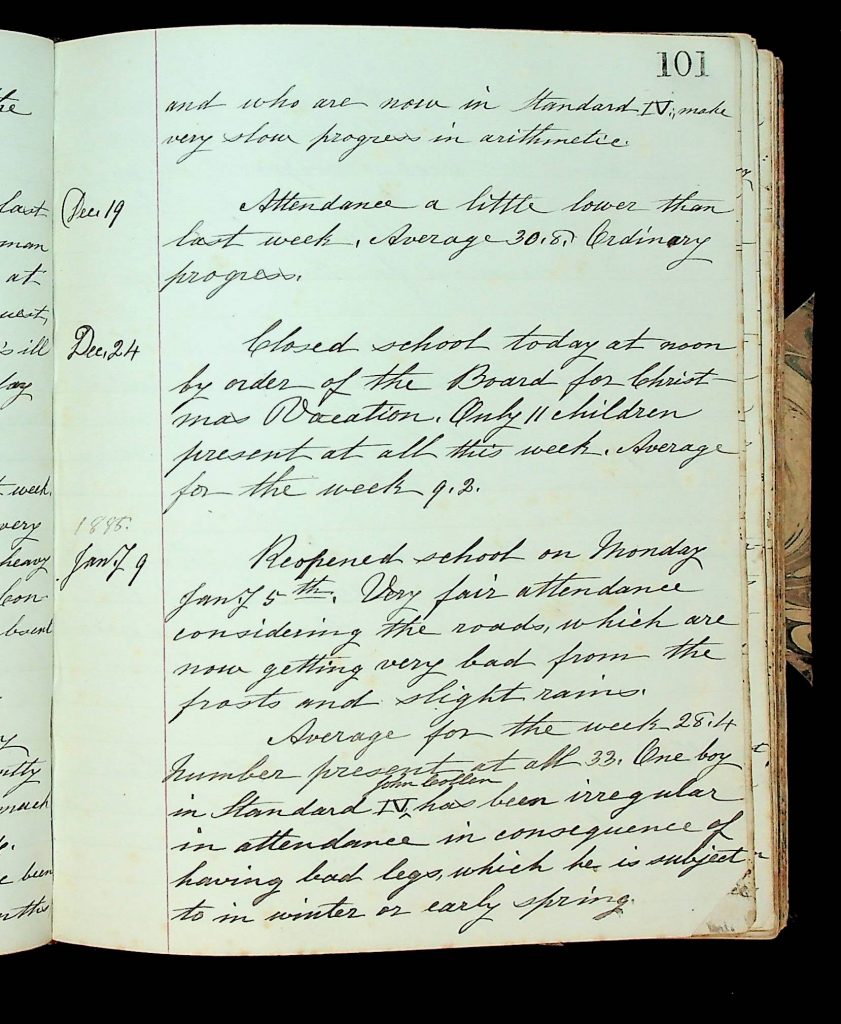
A scarlet fever outbreak at Black Horse Drove in October 1878 led to the death of one child and the temporary closure of the school. The School Board ordered the building to be fumigated with sulphur and washed with carbolic soap prior to reopening. Instances of measles, typhoid, colds, whooping cough and ringworm are also recorded in the volumes. With so many difficulties to contend with the reports of school inspectors make for stark reading as exemplified by this report for Black Horse Drove from 20 May 1886:
The difficulties of this school always great have been rendered almost insurpassable [sic] by the weather of the past winter. The attendance has been most irregular, and the attainments are very low. Nevertheless the Mark of Fair may be awarded in recognition of the struggle which has been made, tho’ [sic] the attainments must rise if the grant is to be maintained next year.
Elisabeth Rogers, Certificated Teacher, 3rd Class
Yet amidst these adverse conditions both schools made hard won gains as reflected in this 1895 report on Little Ouse School:
Mixed School: The tone and discipline of the School continue very good, and the attainments have improved, although spelling in the second standard, and mental work throughout the School require further attention. Grammar is now good on the whole, but note singing fails to reach the level required for the higher Grant. In view of the improvements effected under unusually difficult circumstances, a Grant may this year be recommended under Article 105 of the Code.
There is much of interest to be found in these volumes, of an educational, social and genealogical nature. The names of staff are routinely included with the names of children appearing more frequently as the log books progress. These volumes are open to consult in the Manuscript Reading Room under the collection references MS Add. 10441 for the St John Little Ouse National School and MS Add. 10442 for the Black Horse Drove Mixed School.

